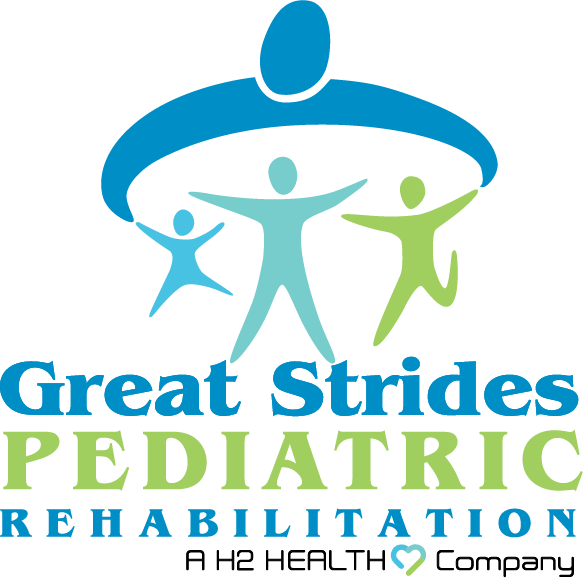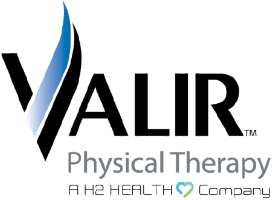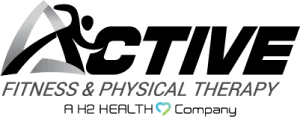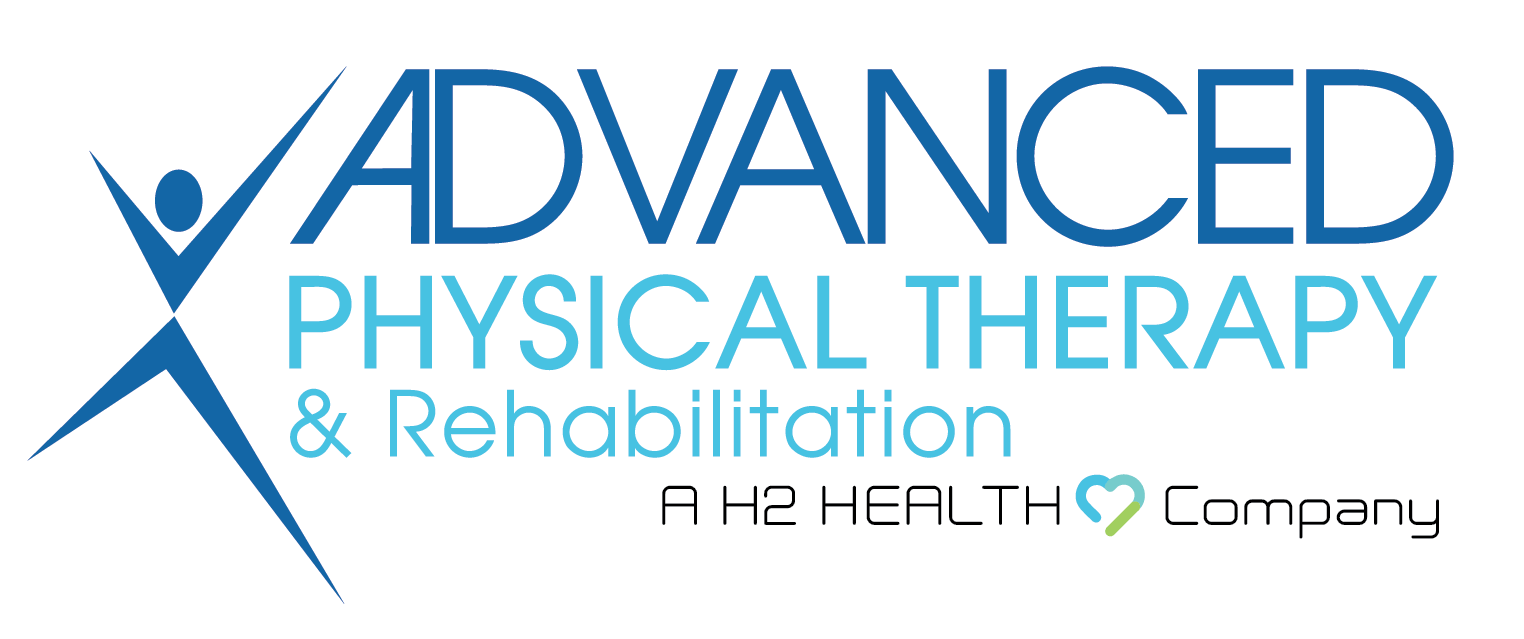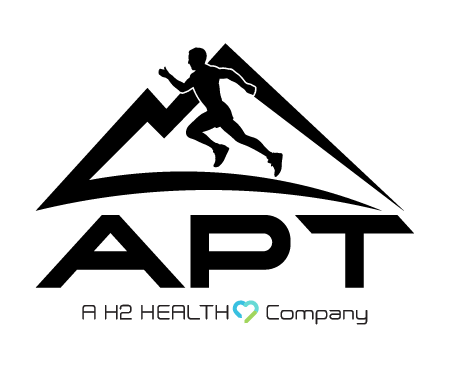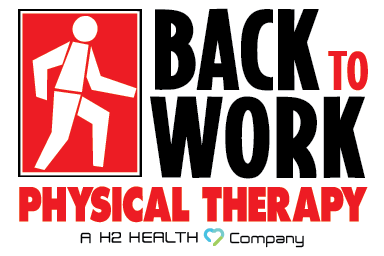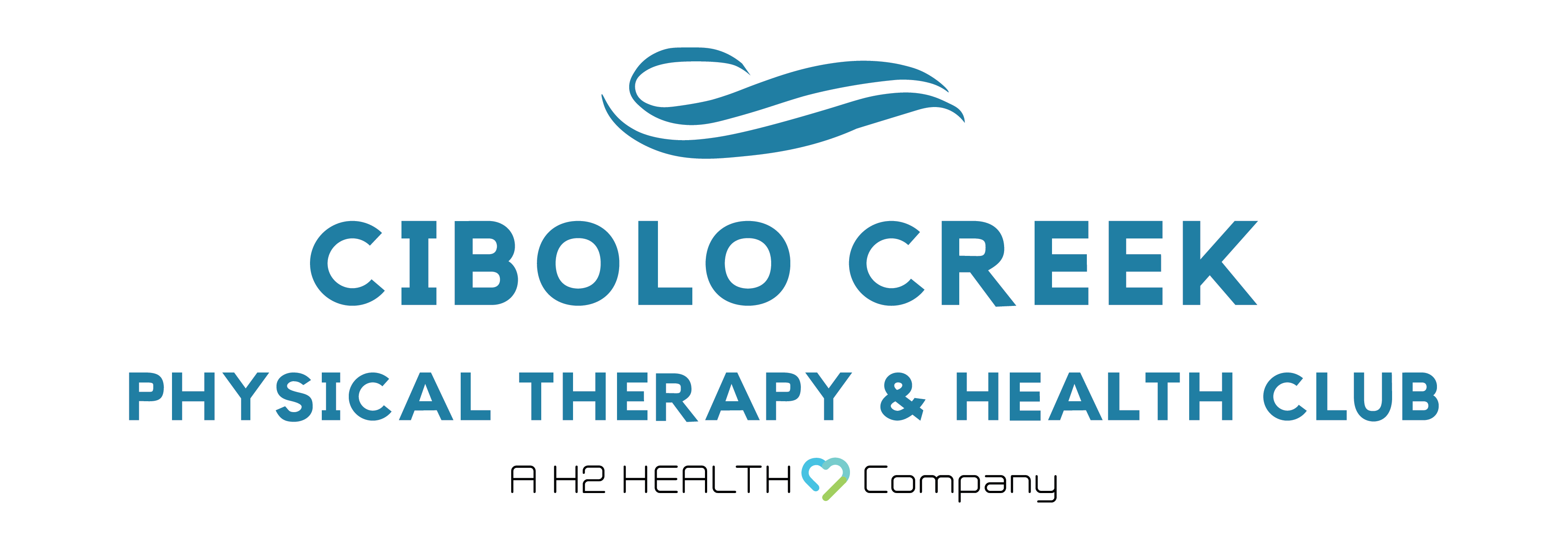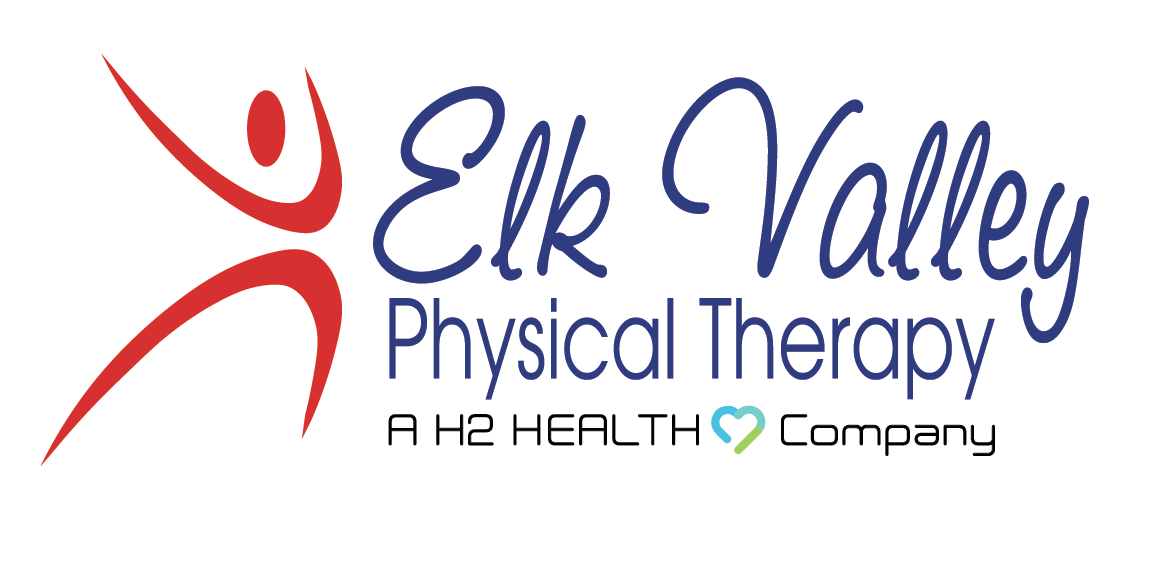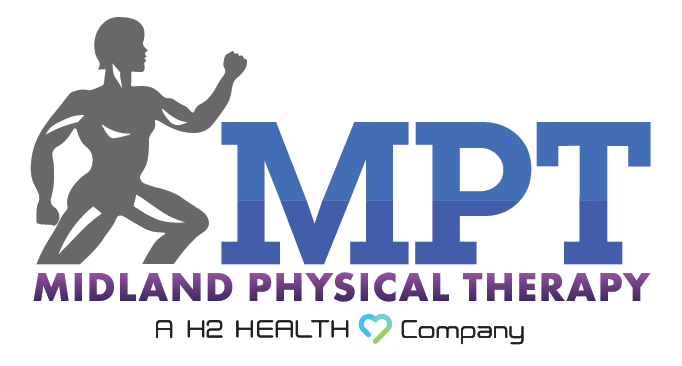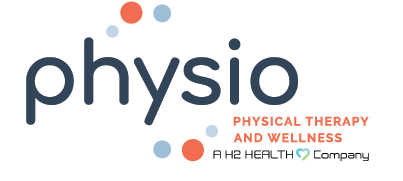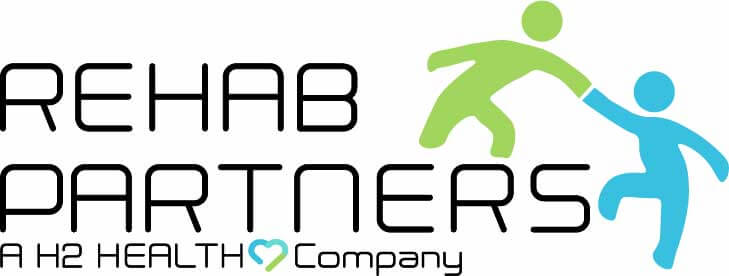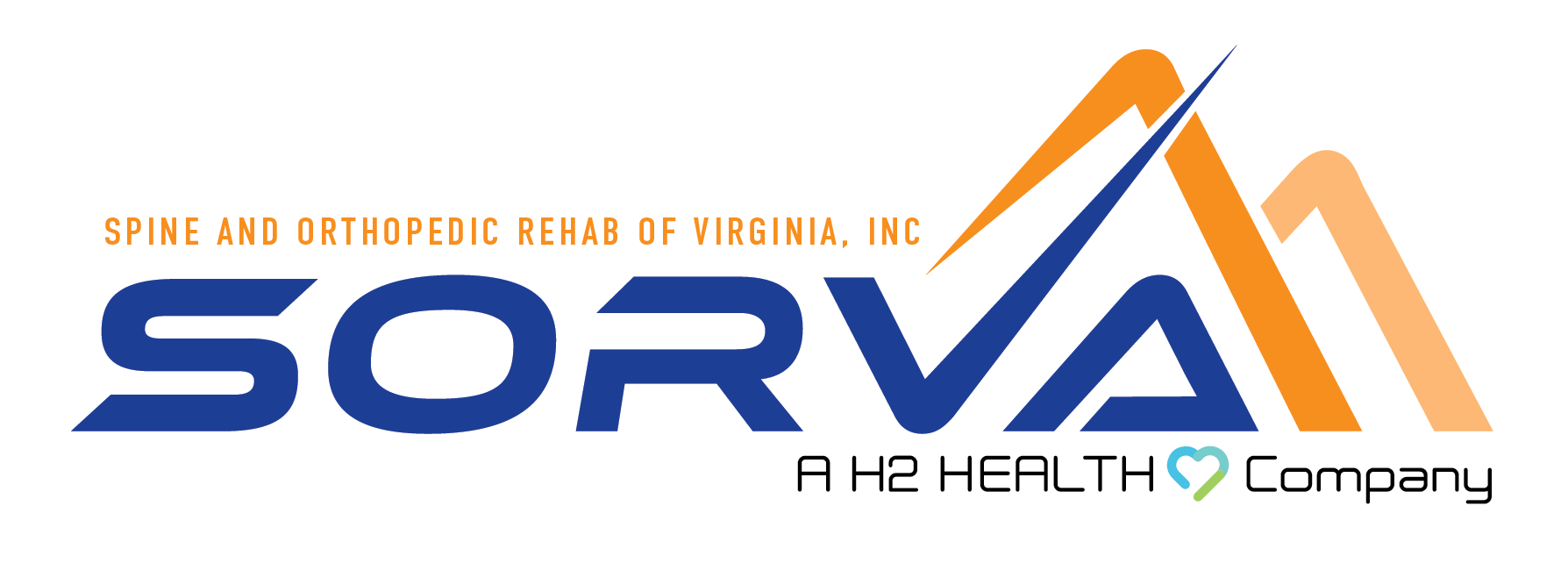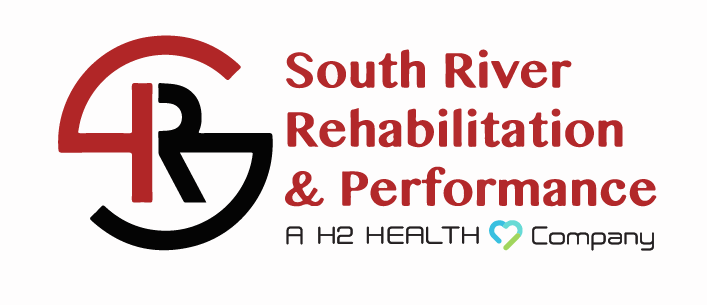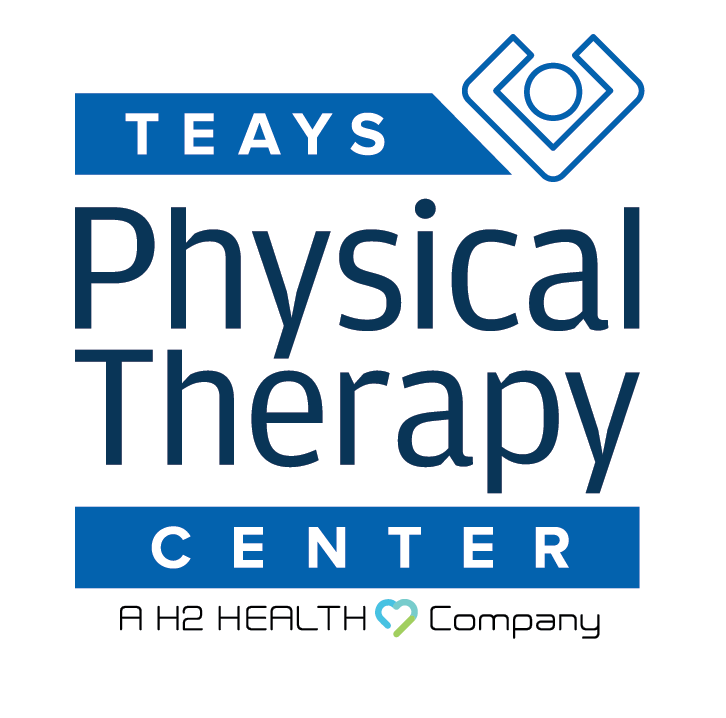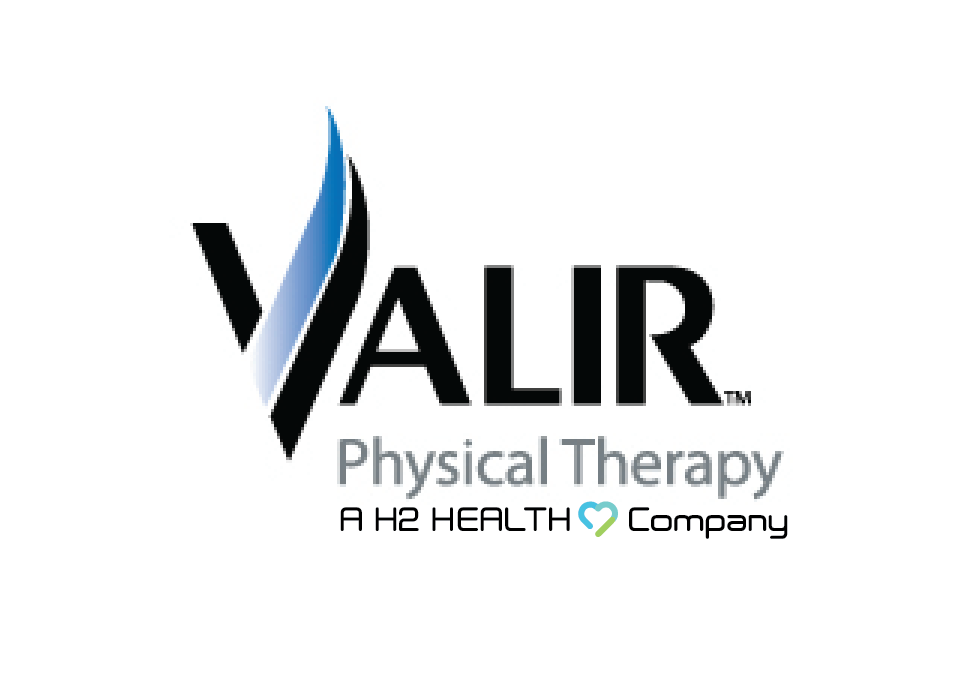
If you have recently experienced a herniated disc in your lower back, you know how painful and problematic the symptoms can be. You may have felt sharp, stabling muscle spasms in your back when you tried to bend over or lift something. Or you might have noticed a dull yet aching pain when sitting.
A spinal disc is a rubbery cushion that rests between the vertebrae (bones) of the spine. It has a soft, jellylike center called the nucleus that is encased in a tough exterior layer called the annulus. The disc becomes herniated (or ruptured) when some of the nuclei protrude through a tear in the annulus and press on spinal nerves. Depending on where the herniated disc occurs, it can cause pain, numbness, or weakness in a limb that makes it significantly difficult for you to perform daily activities.
An effective treatment for herniated discs is physical therapy, which can relieve your pain without the risks and long-term consequences of surgery. Physical therapists (PT) are specially trained in movement analysis and the treatment of musculoskeletal conditions, including back and neck pain caused by herniated discs. Equipped with a variety of techniques, they can help relieve your pain and get you back to a more active lifestyle.
How Physical Therapy Helps With Herniated Disc Recovery
Physical therapy for a herniated disc starts with an analysis of movement abnormalities. Once your PT determines which musculoskeletal structures are causing the abnormalities, they can design a treatment plan to address the impairment.
Your therapist assesses your range of motion and pain response with different movements (e.g., bending forward, bending backward, and bending side to side). They determine which motions aggravate your pain and which reduce it, assess your strength levels and reflex responses, and often review the results of auxiliary tests to rule out any non-musculoskeletal conditions that may be contributing to your pain. Based on these findings, your PT will select an appropriate set of interventions that will address your pain and improve your range of motion. These may include:
- Direct hands-on manual therapy
- Heat or cold therapy to promote blood flow and/or reduce inflammation)
- Transcutaneous electrical nerve stimulation (TENS) to promote muscle relaxation
- Traction therapy to reduce weight on your spinal discs
- Ultrasound to promote healing of the reactive tissues
In addition, your PT will incorporate different exercises into your treatment program to improve your range of motion. These may include:
- Stretching exercises that help improve the flexibility of your back muscles.
- Strengthening and stabilization exercises are designed to improve core muscle strength and provide support for your back or neck.
- Balance exercises are aimed at improving awareness of how your back moves during various activities.
- Posture exercises that help improve any postural abnormalities you may have.
During treatment, your PT will also instruct you on the proper way to perform everyday maneuvers, so you can avoid disc re-injury.
Physical Therapy for Herniated Disc Pain
With nationwide availability for our services, H2 Health is the ideal place to receive back and neck pain treatment. Our physiotherapists are experts in identifying and treating disc herniation, low back pain, and sciatica, using a variety of proven techniques to help our patients feel better with customized treatment plans to fit everyone’s needs. Ours is a warm and welcoming environment, where we strive to make every patient feel comfortable and respected. If you are looking for neck and back pain treatment, H2 Health can help with a unique treatment that uses physical therapy, occupational therapy, and sports medicine to heal your pain.
To learn more about our services for herniated discs, contact H2 Health today by calling us at (800) 699-9395 or conveniently request an appointment online. Find the nearest H2 Health clinic in your area here.

